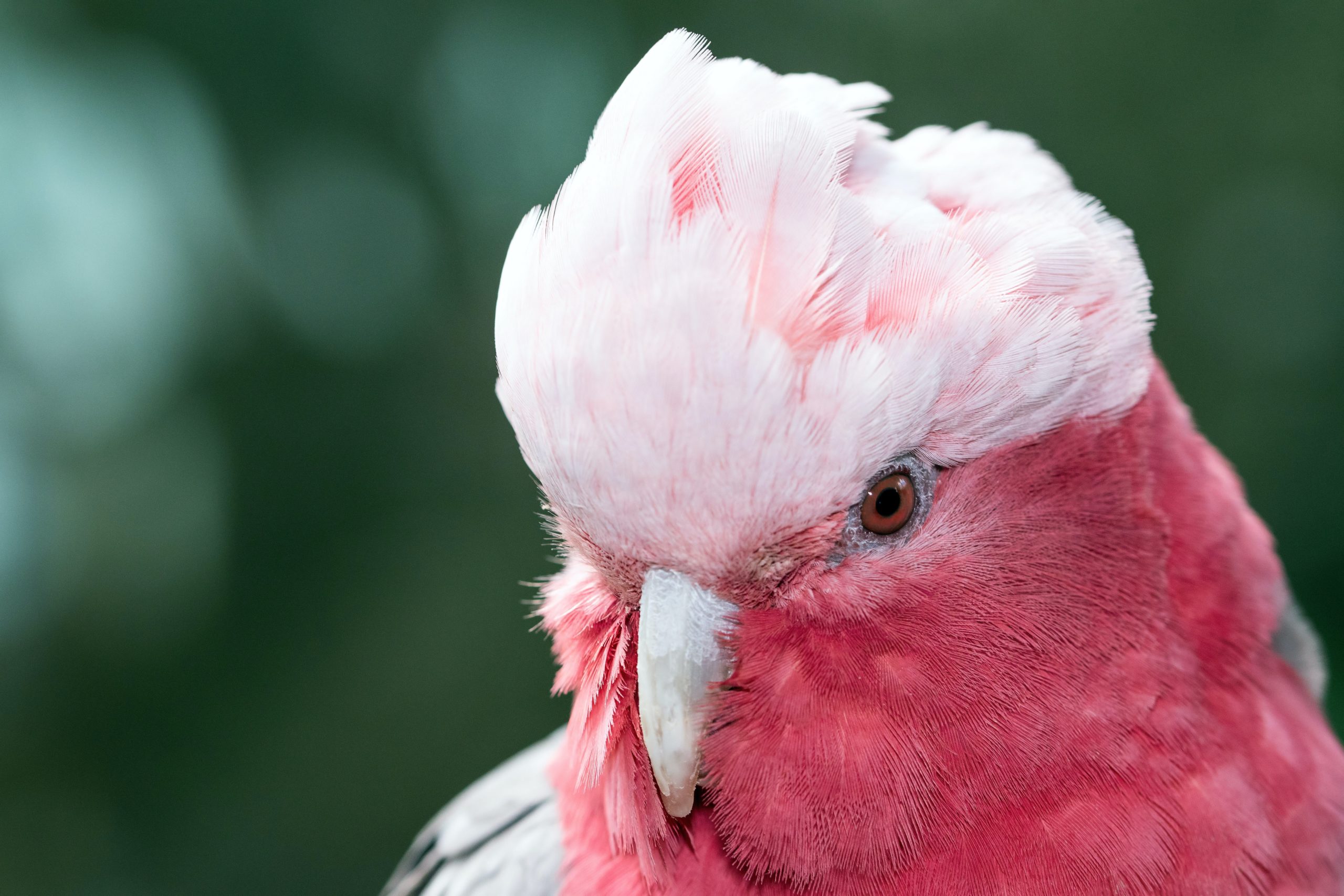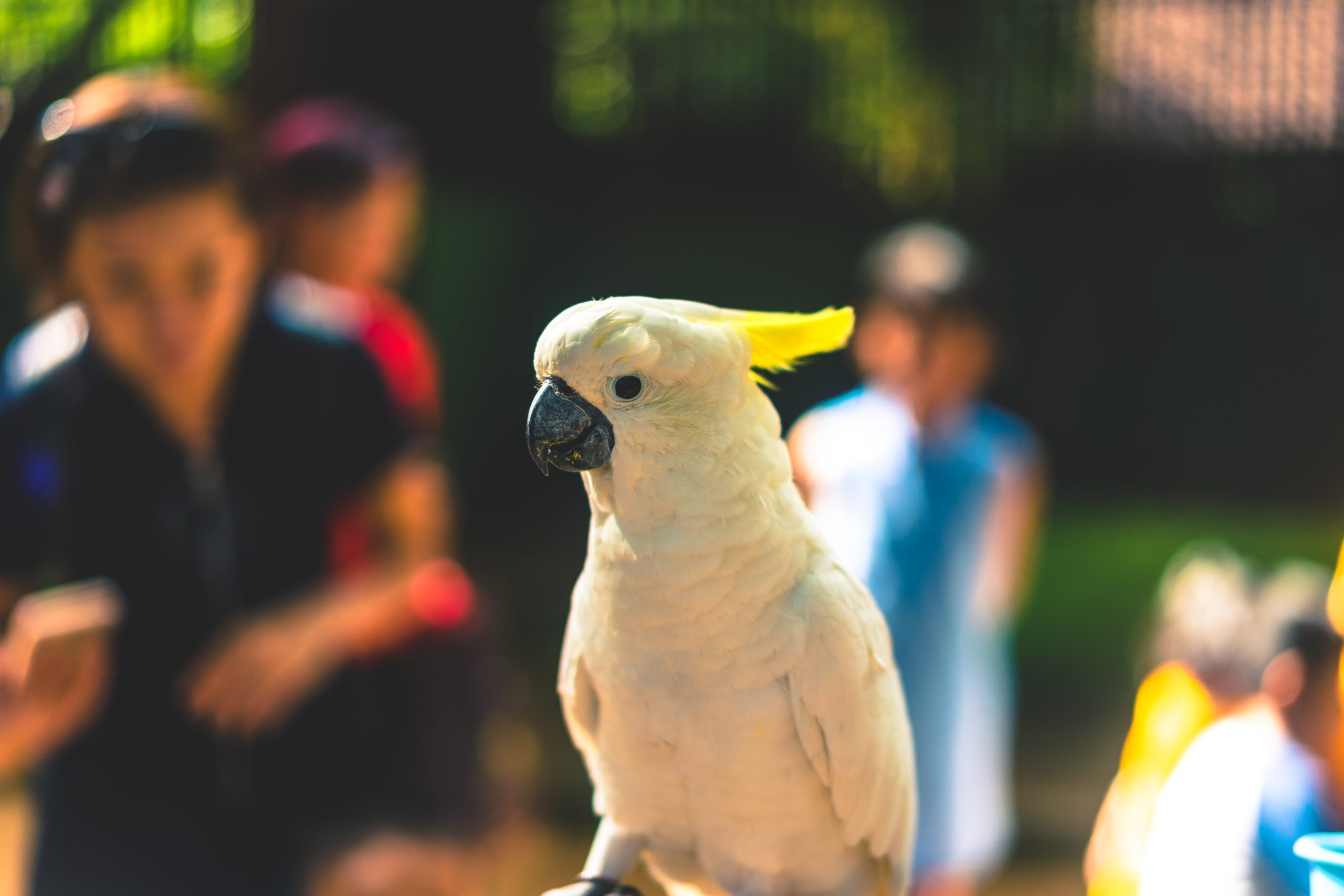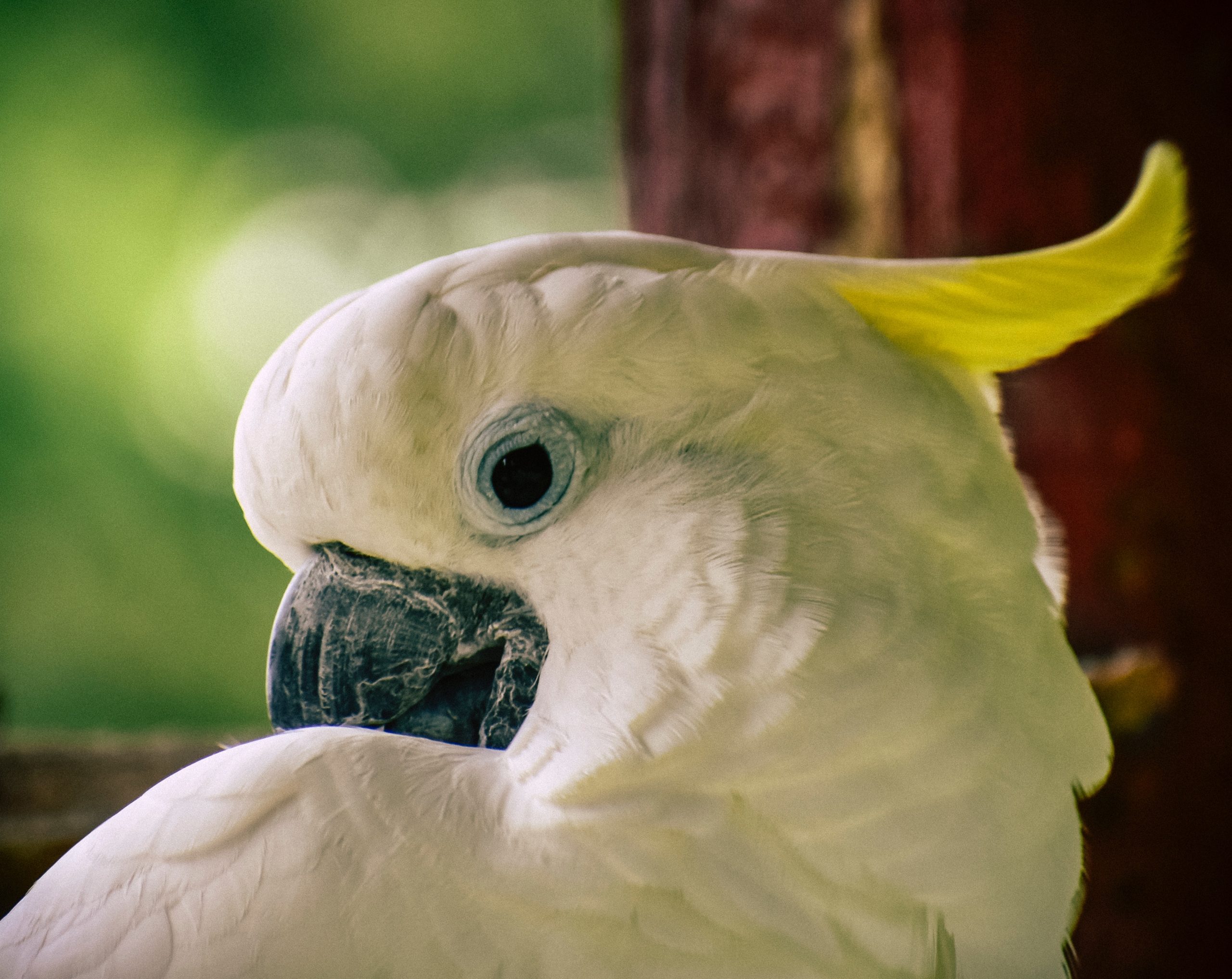There are many reasons you may wish to rear a baby parrot. Hand–reared birds bond closer to people, and make better pets. Taking eggs or babies from the nest often stimulates the hen to lay again, thus increasing production in rare or valuable birds. Occasionally, a chick will be orphaned or abandoned, or its parents unable to feed it – without hand rearing, it would die.
Whatever the reason, hand rearing is a difficult, time consuming task, requiring a lot of dedication from the rearer. But the rewards are immense – watching a featherless little blob take form and develop into a beautiful creature is beyond compare.
When to rear
There are two options for rearing times – right from the egg, or after the parents have done the hard work for the first two or three weeks. Those who incubate the eggs artificially have no choice other than to start from the time the chick hatches. Otherwise I would recommend letting the parents feed the chick, and pull it for rearing when 2 – 3 weeks old. At this age, the eyes and ears are just opening, and pinfeathers are just coming through. These chicks are much easier to rear, and are ideal for beginners and those seeking to produce bonded birds as pets.
How to keep the chicks
Chicks have three main housing requirements – heat, humidity and hygiene.
Special brooders have been designed to supply these requirements, and wherever possible they should be utilised. If unavailable, a suitable replacement can be made from a fish tank fitted with a lid. A dimmer switch in the lid, with the bulb inside the tank, can control heat, while a bowl with wet cotton wool can provide humidity. Fish tanks are ideal for this, as they are easy to clean. The temperature inside the brooder will vary according to the age of the chick. As a rule of thumb, start at about 33º – 35º C for day old chicks, and then reduce by 1º – 2ºC each week. If the chicks look reddened and are panting, reduce the heat. If they are very lethargic and huddled together, increase it.
Humidity should be between 30%~50%. The substrate the chick stands and lies on should be safe and easy to clean or replace. I like to use tissues to start with, and then move on to paper towels. Others use nappies or an equivalent. Wood shavings and the like should not be used, as older chicks can eat these out of curiosity. Substrate should, at a minimum, be replaced at each feed.
What to feed
There are a lot of homemade diets for feeding chicks, but these need to be critically assessed as to their suitability. What is OK for a near-fledged cockatoo is not suitable for a week-old lorikeet. Baby cereals, by themselves, are not an adequate diet for any bird.
Commercial diets offer the advantages of being easy to prepare, and are usually well balanced. I use Roudybush Formula 3, but I know others have had great success with Vetafarm feeds. My advice is to try a few feeds on different birds, and pick the one that works best for you.
If using a balanced commercial diet, you should not need to add any vitamins or minerals – in fact, this can be dangerous to your chick. Probiotics – harmless bacteria that colonise the gut and compete with harmful bacteria – may be useful.
Whatever diet you end up with, there are a few simple rules:
- Only mix enough food for 1 feed at a time. Discard any leftovers. Food left for a few hours may become a live culture of bacteria and yeast that can be harmful to your chick.
- Never microwave food. This can create super–hot food clumps that can burn your chick’s crop.
- Always mix according to the manufacturer’s directions.
- Always practice strict hygiene. Disinfect instruments and dishes.
How to feed
Chicks can be fed with a spoon, a syringe, or a crop needle. Care needs to be taken with crop needles, as the crop can be easily perforated if you are too rough, or the chick moves at the wrong time. If feeding with a spoon or syringe, only feed when there is a good feeding response – the chick’s head is bobbing up and down.
Week old chicks will need hourly feeds of only a few mls each, round the clock. In the second week this can be reduced to two hourly feeds, with a four – six hour break overnight. By the end of the third week, feeds can be given every 4 – 6 hours, and by 6 weeks, every 8 hours.
As the chick starts to wean the number of feeds can be reduced to two, and then one. At the same time a wide range of solid foods should be offered. I like to wean birds onto pelleted diets, as these are easy to wean on, and provide a well balanced diet. I use either Vetafarm Parrot Maintenance Diet or Harrison’s Bird Foods.
Signs of trouble
You should weigh and examine your chick every day, usually before the first feed. Trouble signs to look for include:
- Failure to gain weight, or losing weight
- Thin toes, over-sized head. Abnormal feathering
- Slow emptying crop – it should empty completely in 4 – 6 hours
- Failing to grow inside accepted weight gain charts (where available)
- Changes in skin colour ( from pink to red or white)
- Vomiting, change in droppings.
If you observe any of these signs, veterinary intervention will probably be necessary.
Hand rearing parrots is a lot of hard work, and requires a huge amount of dedication. However, the results are well worth it.




